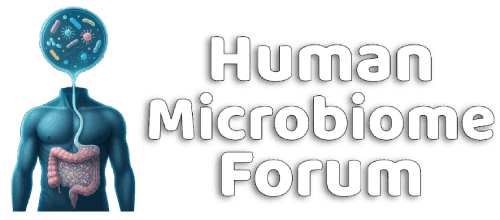Michael Harrop
Well-known member
https://www.eurekalert.org/news-releases/1062179
https://www.sciencedirect.com/science/article/pii/S2590182624000341
Tires are the #1 source of microplastic pollution.
https://www.sciencedirect.com/science/article/pii/S2590182624000341
Tires are the #1 source of microplastic pollution.
“TWPs, primarily produced through tire-road friction, are released into the environment in vast quantities,” says Liu. “Each year, approximately 6.1 million tons of TWPs are estimated to enter aquatic ecosystems, posing a significant threat to biodiversity.”
“We found that TWP leachates induced hepatic oxidative stress, inflammation and histopathology changes in the frogs. Specifically, increased levels of reactive oxygen species (ROS) and activation of signaling pathways closely related to immunity were observed,” shares Liu.
These changes were accompanied by disruptions in the gut microbiota, with a notable increase in Proteobacteria, a major source of gut-derived endotoxic lipopolysaccharide (LPS). Such disruptions in the gut-liver axis and oxidative stress levels can lead to long-term health issues for affected organisms.
The team also found that zinc, a trace metal commonly found in TWP leachates, accumulated in the intestine, liver and kidney of the test frogs, further confirming the absorption and bioaccumulation of TWP leachates by aquatic organisms.
Highlights
- Tire-wear particle (TWP) leachate exposure impairs liver function in frog.
- TWP leachates shift gut microbiota composition and diversity.
- The gut–liver axis highlights novel toxicology mechanisms of TWP leachate.
Abstract
As global surface water pollutants, tire-wear particles (TWPs) are increasingly concerning, with TWP leachate hepatotoxicity poorly understood. In this study, based on environmental TWP concentrations, TWP leachate exposure (0, 0.0005, 0.005, 0.05, and 0.5 mg/mL) in black-spotted frogs was investigated over a 21 day period. TWP leachates at realistic environmental levels disturbed intestinal microbiome homeostasis, which manifested as decreased and increased Chloroflexi and Proteobacteria abundance, respectively, and elevated lipopolysaccharide (LPS) levels in plasma. Also, the content of lipopolysaccharide-binding protein, the binding site of LPS, was increased, and downstream LPS immune pathways, such as toll-like receptor 4 (TLR4)-nuclear factor (NF)-κB (TLR4/NF-κB) signaling, were activated. Subsequently, inflammation reactions, oxidative damage, and histopathology were affected in liver samples. These results shed new light on the potential mechanisms underpinning TWP leachate-associated liver injury via the gut–liver axis, and contribute to a better understanding of emerging TWP ecotoxicology.
- Format correct?
- Yes
